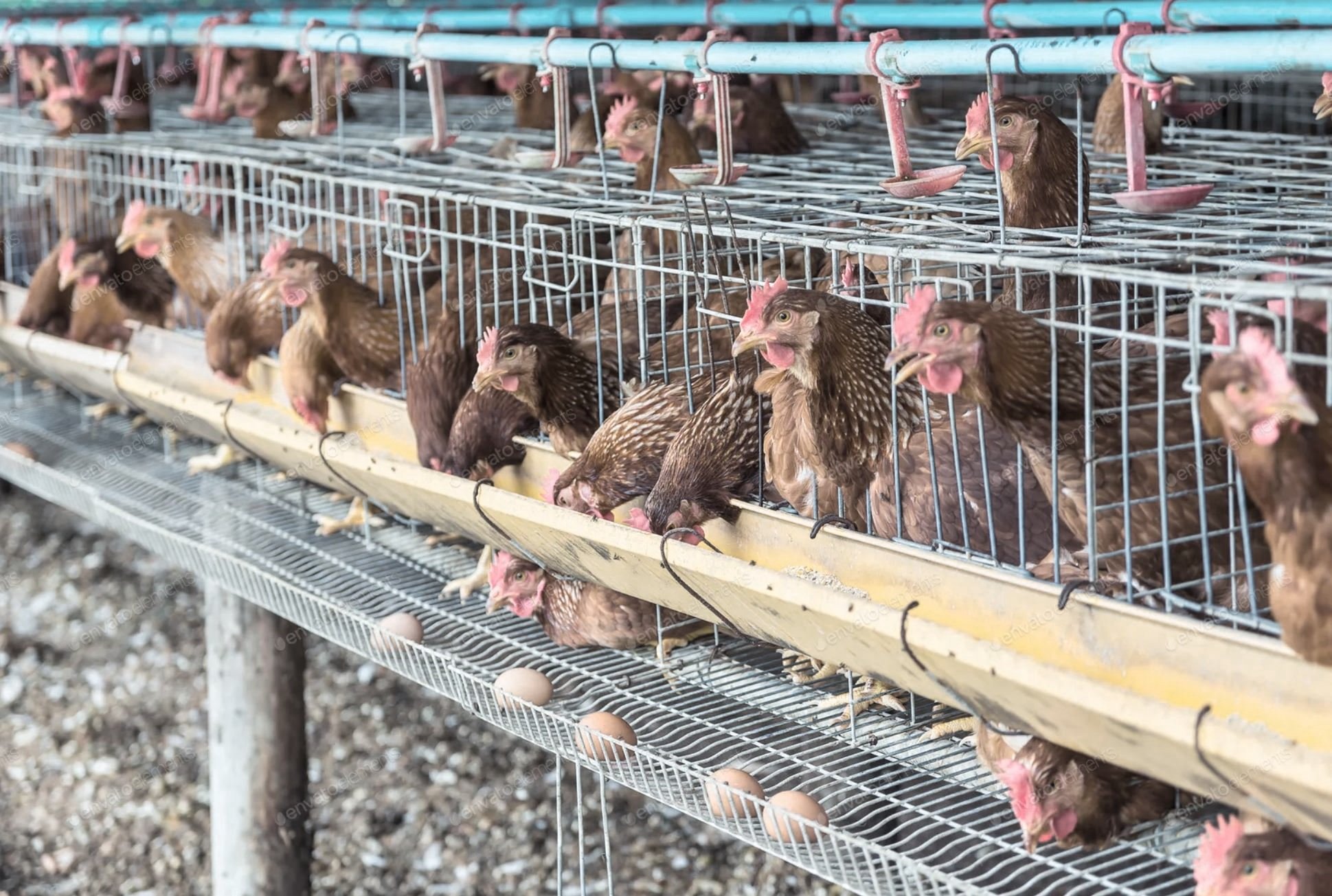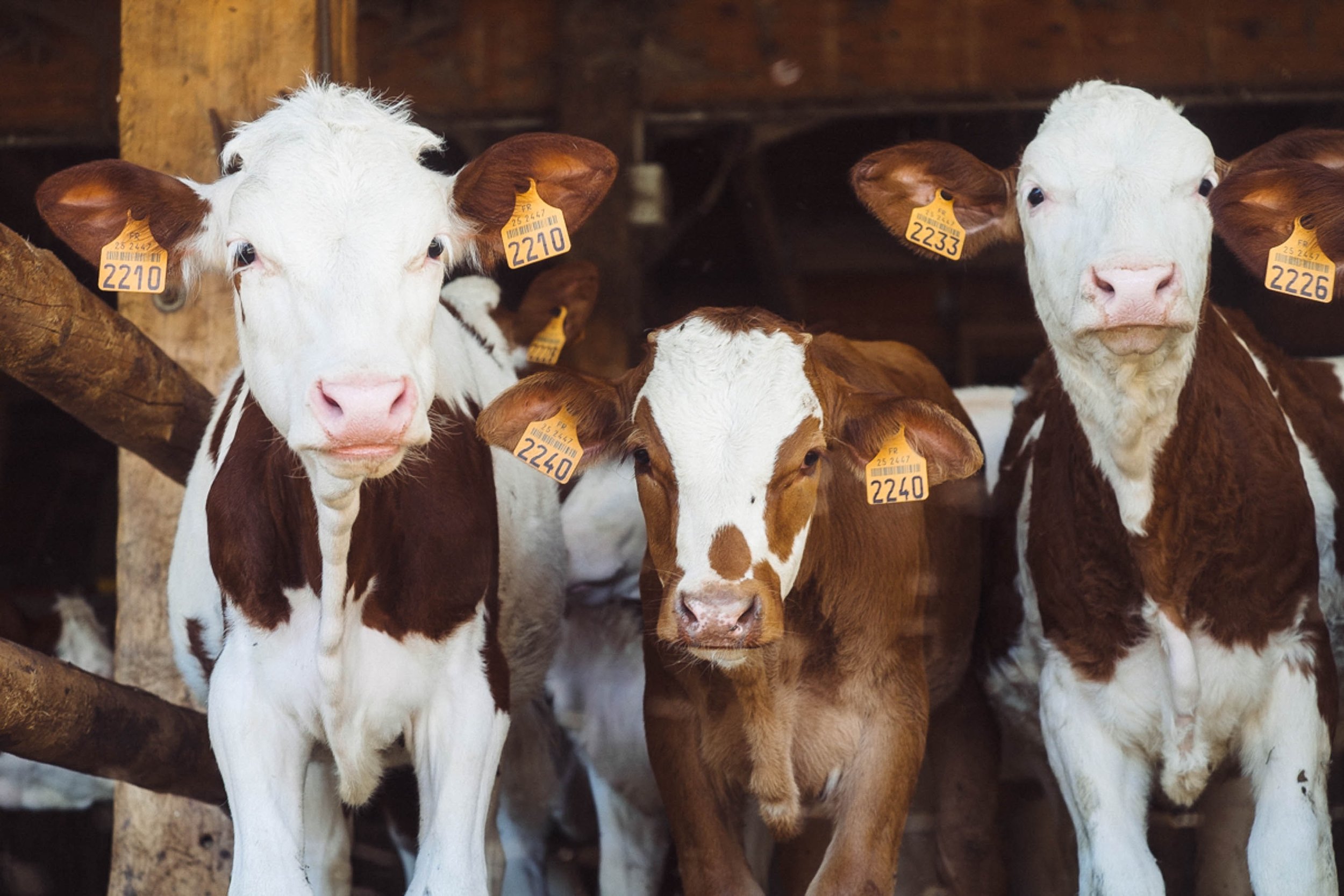Time to regenerate our farms
14 February 2022
By Max Fraser - A respected design commentator across the media of books, magazines, exhibitions, video and events broadening the conversation around contemporary design, and more recently food and farming.
In a previous article (click here) I wrote for the Planted journal, I talked about the black-or-white, right-or-wrong nature of debate these days, where the complex and nuance evidence of science has been simplified as we search for a communicable, one-size-fits-all solution to our climate crisis. I used the topical meat vs plant debate as an acute example and one we can barely escape. And it’s right for it to be a pressing conversation, as the entire food system is in dire need of a transformation. You’d be forgiven for becoming perplexed at times by the ongoing societal barks to change our diets. Right now, meat is the demon and plants are the saviour but that seems to be where the argument stops without anywhere near enough conversation about how all of these consumables are grown under hugely varying agricultural systems. How is the land, the animals and those farming being treated? Perhaps you’ll allow me to dig a bit deeper.
The raising of animals for meat is a contentious issue but the spotlight needs to be focused on factory farmed animals, intensively reared. Humanity finds itself in a place where it is legal to confine 36,000 genetically-optimised chickens in a shed (25x25cm allowed per bird), deprive them of natural light, raise them on highly-tuned diets formulated by commodity markets in far-flung places, routinely feed them antibiotics (not all countries) to mitigate the inevitable spread of disease (which incidentally speeds up growth too), vacuum them from the barn floor and pack them into tiny crates for the slaughterhouse, then kill them at a rate that is hard to comprehend – close to 2.8 million birds per day in the UK.
Comparatively barbaric systems have been approved for the other animals we have an appetite for, where space is limited, mutilation is commonplace, and speed of growth is essential. And if we’re not breeding them for meat, we want their eggs and can legally confine 17 hens per square metre in cages for their whole lives (having ground down their beaks at birth and killed all of their male counterparts once hatched because they can’t lay eggs), breeding them for maximum egg yield until the animal is such a shadow of itself that it is killed for lack of productivity. And where to begin on the milk industry, or farmed fish and all of the hidden side hustles that go around these activities.
Throughout the industrial animal supply chain, you will encounter armies of intelligent individuals (and plenty of faceless corporations) that will argue they’re feeding the human population in the most efficient way possible. Yes sure, if you’re only interested in producing cheap calories with maximum profit above all else. Now, for any ethically-minded farmers reading this, they’ll be up in arms – “It’s not all like this!” I agree, and I’ll come on to the alternatives in a moment. But may I shift the story to cultivated plants for human consumption.
The growing of fruit, vegetables and grains in a system that is commonly called ‘conventional’ agriculture is a contentious issue. Humanity finds itself in a place where it is legal to reduce enormous fields to bare soil using glyphosate weed killer (linked to cancer) or deep furrow ploughing which releases carbon and tumbles essential fungal networks, then coat the land in artificial nitrogen fertilisers (an energy-intensive GHG emitter in production and use) before planting a monoculture of F1 hybrid seeds (or perhaps genetically-modified seeds outside of Europe) that have been developed and patented by a tiny number of enormous corporations, use huge amounts of water to irrigate (location specific), then intermittently spray the entire crop with pesticides to control against insects or fungi that may attack or weaken the crop. Then when it comes to the back-breaking harvest, employ foreign pickers on the minimum wage or import the produce from another country where labour is cheaper and human rights are questionable. Then throw away huge percentages of the picked crop because it doesn’t conform to cosmetic standards and wrap the rest in plastic for the supermarket aisles. And where to begin on preservation chemicals and waxes, ripening gasses and all of the hidden side hustles that go around these activities.
Throughout the industrial fruit, vegetable and grain supply chain, you will encounter armies of intelligent individuals (and plenty of faceless corporations) that will argue they’re feeding the human population in the most efficient way possible. Yes sure, if you’re only interested in producing cheap calories with maximum profit above all else.
Am I doing that thing that media do, simplifying the message into digestible nuggets? Yes I am. After all, it’s a hugely complex story and you’ve got limited patience to read this article. There are many many shades of grey, many of them pretty dark.
The meat and plant examples above have come about through the colonisation of indigenous lands and the degradation of our relationship with the land, the post-war quest for affordable and abundant food aided by cheap fossil fuels and chemicals, rapid expansion of technological efficiencies, commodification of food and global trading, the driving down of the farmgate prices by powerful corporations, the inappropriate placement of government subsidies, the expectation that other countries can grow food for us, that labour will always be cheaper somewhere else… I can go on. Whatever complicated tangle has got us to a place of £3 chickens and year-round asparagus and avocados, one can’t help thinking; just because we can, doesn’t mean we should.
But we have to keep eating. The abundance of food choices, labels and certifications afforded to us today is bamboozling to navigate. Most people use the three-pillar buying criteria of price, convenience, and taste when making our decisions, only considering provenance, seasonality, pesticide use, labour conditions, processing, packaging, animal and human health etc when time, money and ethics allow.
As societies have transitioned from having to feed themselves to expecting to be fed by others, so many of us are totally removed from nature and any knowledge of the land. Because we’re not involved in farming, we eat what is made available to us without much questioning. We have little guidance on how to enter into this world of abundant, cheap food and we only see what the producer wants us to see. In general terms, we’ve lost the central premise of nourishment and, often unwittingly, instead focus on keeping ourselves alive through calories. Meanwhile, the industrial food system marches forward on its quest for profit through efficiencies, at the expense of animal welfare and the health of our environment and those it feeds. Today’s system did not set out to cause harm, but survival amid complex supply chains has become so marginal that major collateral damage is inevitable.
But we are waking up. As the climate crisis deepens, so too does the exposure of the failings of the food system. TV shows are dedicated to the subject, newspaper columns and specialist books primed to expose it. We’re waking up to the dangers of intensification while we tune in to a future where smaller scale, more localised systems are not only more enticing, but essential. We have it within our reach to benefit the land we occupy as well as the biodiverse species and the human collaborators who nurture it in a healthy direction.
So what of the protesting farmers I mentioned earlier? Well there are armies of individuals raising animals and growing plants who detest the factory farm machine, who push away from the call of the chemicals and monocultures, and who exclaim against the damage to our ecosystems. As much as to earn a living, their guiding motivations are to regenerate the health of the land they steward, not only to repair but to enhance the biodiversity for a future they may not survive to see.
Indeed, a lot of repair can be achieved in a relatively short amount of time. We have most of the knowledge required to make it happen but we can’t sit around expecting governments to legislate the change, they’ve more than proved that they don’t have much political courage. And while system change is imperative, every meal we eat is a vote for the system we want. As the chef Thomasina Miers said in a recent Sustainable Food Trust podcast, “‘we no longer have the luxury of being able to just put food in our mouths and not think about where it's come from. All of us now in terms of saving the planet have to realise that what we eat is completely wound up with global warming and the future of the planet for our children.”
This is a basic call to consciousness. Transforming our own realm is inherently part of transforming the world. We need to reward an ecosystem that we believe in. We need to have a better understanding of how everyone and everything is being treated in the production of our food. If you have the privilege to reject the anonymity of the industrial food system, I urge you to do so. If you’re unclear what I mean by industrial, I would encourage you to watch ‘Our Daily Bread’, a film produced by Nikolaus Gehrhalter in 2005 which provides a front row seat in the fields, laboratories, greenhouse, barns, fish farms and abattoirs of Europe, documented without shouty narrative or dramatic music.
There is a vast and increasingly-connected community of small-scale urban, peri-urban and rural producers waiting out there for you, growing seasonally-relevant crops and terrain-appropriate animals without chemical inputs, supplying their communities with nutrient-dense food and enriching employment. Track them down, ask them questions, and support them directly to ensure they’re financially rewarded for their hard work. Without our business, they run the risk of being swallowed up by the commodities market or becoming subservient to the corporate processors and supermarkets. Or worse still, driven away from their guardianship of our ecosystems.
I’ve not written this article with the intention to tell you what you should and shouldn’t eat – that would be patronising and insensitive to your tastes, cultural preferences and physical constitution (although I would highly recommend cutting out ultra-processed foods!). One size doesn’t fit all. This is more of a plea to constantly question the system you’re part of and fight for the system you want. Educate yourself – it’s a journey that is fascinating, ever-evolving and essential.
Ends
Follow Max on Instagram @maxfraserdesign








